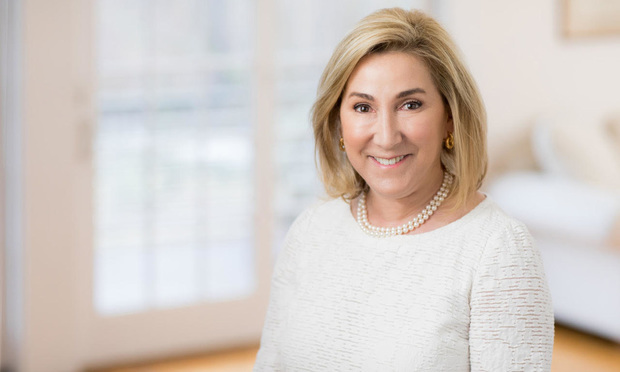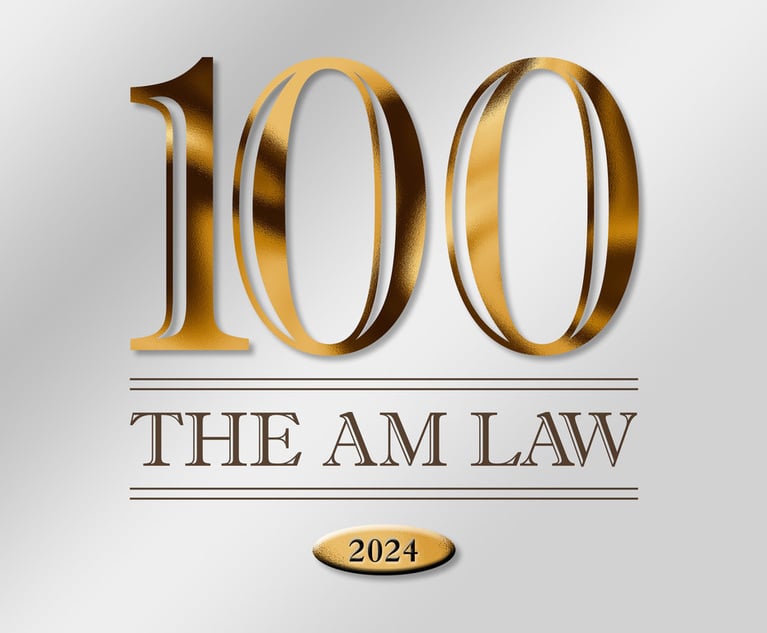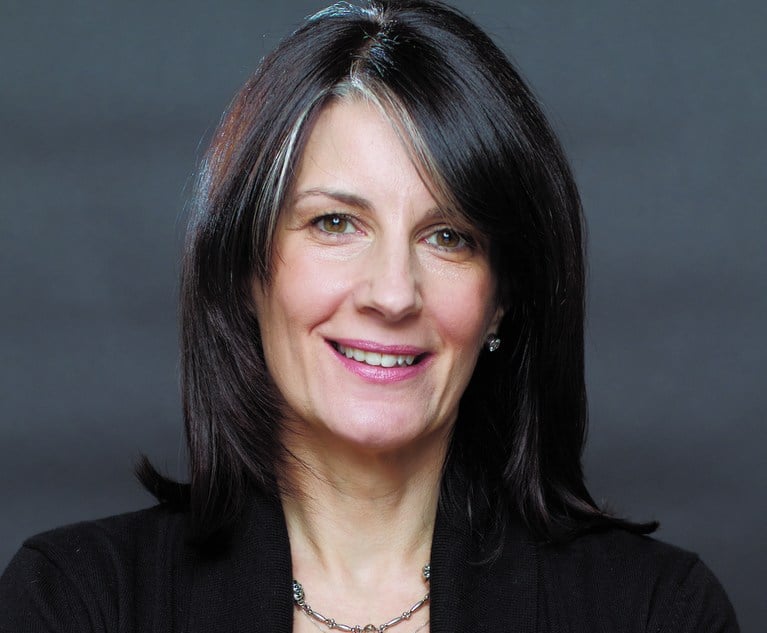I listened in on a recent webinar hosted by one of my long-time marketing gurus Larry Bodine who is chief marketing strategist for LawLytics web marketing in Tucson, Arizona, and medical malpractice attorney John Fisher of Kingston, New York. The webinar was an instruction manual on how personal injury (PI) lawyers can grow their practices through getting more referrals from other members of the bar. Their advice was so good and simple, I thought I would share some of their points with you because a lawyer who practices in ANY area—not just personal injury—can build a huge practice focusing on lawyer referrals.
- A referral-based practice allows you to focus on the right sources—which can be just a few people. It also means you do not have to spend money on advertising because your best projects will come from people you know—pre-screened for merit. According to the speakers, Bernie Madoff knew just two to three top people who themselves had hundreds of good connections that funneled him work.
- Find referral sources who do not do what you do. John Fisher just does medical malpractice and looks for referral sources even in the personal injury (PI) world, who do not do med mal. It has really worked for him.
- Find a referral source who is a mirror image of you and develop a relationship with them. In this case, Fisher has developed relationships with creditors’ rights and business lawyers.
- Look for the “whales” or referral sources who have or will give you a steady stream of work.
- Give of your time and more to strengthen relationships with referring attorneys. Think of a referral source as a client and consider what can you do on a regular basis to make their professional or personal world better. Give to get.
- Think like a farmer and cultivate and nurture the relationship over time. Think a marathon—not a sprint.
- To show you are a credentialed “go-to” lawyer in your field, write articles for The Legal Intelligencer or your local bar association publication. Take the editor to lunch and discuss possible article ideas.
- Consider having a monthly e-newsletter. If you have a great mailing list, you can reach thousands of people regularly with this tool. It does not have to be very complicated. In John’s case, his newsletter is called “Lawyer Alert.” In it, he gives away things for free—in his case practice management ideas that have worked for him.
- Think about doing the newsletter in print because many of us still love receiving mail and save things. Do it for at least a year.
- If you want to send out breaking news, use the term “alert” instead of “announcement” because more people will open this kind of email.
- Speak to other lawyers and you will enhance your standing as an authority. Speak for the bar and other popular CLE providers.
- Have a weekly lunch date with a current or a prospective referral source. Larry mentioned Palm Beach attorney Craig Goldenfarb, who built literally an empire of a practice by having these weekly lunch dates for years and years. Referring relationships develop in person rather than on social media. You must leave your office to make these relationships work for you.
- Be a great referring partner. Give your referring attorney frequent updates on the case, share video depositions, file access and make the relationship as transparent as possible. Fisher has written “Rules of Engagement,” which he provides to lawyers sending work to him and to who he refers work—all with the aim of creating the best professional and open relationship as possible.
- Have a party with your referral sources. Fisher took his on a “Blues Cruise” on the Hudson River and everyone had a great time and got further connected.
- Start your own referral network. I have successfully done this for many of my clients in the past. Gather law school classmates, or other members of the bar together on a regular basis who do NOT compete and talk about the kinds of clients each of you want. A recent group I put together (over appetizers and champagne/beer at a host law firm) included a business lawyer, an immigration lawyer, a criminal defense lawyer, a workout lawyer, a trusts and estates lawyer, a patent lawyer and a personal injury attorney. Guess what—it’s working. They are getting work from one another.
- Set goals for your practice. How many referring partners will you want in 2018? Without a specific goal, you may have disappointing results.
For more tips on the care and feeding of referral sources, drop me a line and I will send you my checklist of ideas. As always, I am rooting for you!


 Stacy West Clark.
Stacy West Clark.




